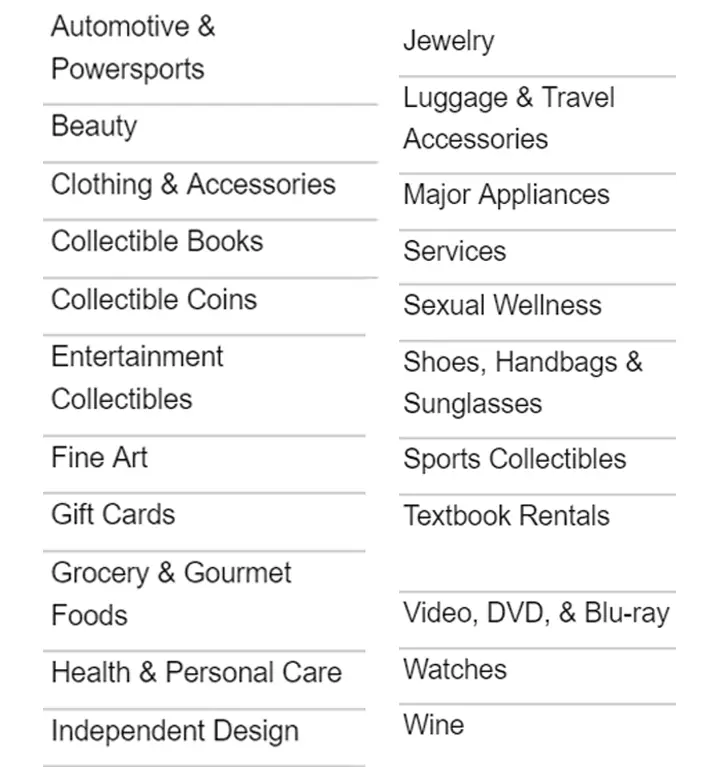Tips for Effective Amazon Product Sourcing
One of the most important tasks that will determine whether or not your Amazon business is a major success or a disappointing failure is your product sourcing strategy. Amazon product sourcing is not as simple as many new sellers believe it is. It takes a significant investment of time, money, and resources to plunge into the cycle of trial-and-error that often occurs when searching for a profitable Amazon product. However, there are certainly ways to eliminate stress from the process of Amazon product sourcing. Here’s a short list of tips from top sellers on how to source products effectively.
How to Find a Profitable Item
Utilize Automation Tools. Resources are available online that will help you to automate your product sourcing process and expedite your sales. Check out sites like OAXRAY and JungleScout. OAXLEY scans 21 e-commerce websites and provides a spreadsheet of products with data that can be easily deciphered to find lucrative opportunities. JungleScout offers sellers a database of Amazon products that can be filtered to identify items that are most profitable.
Look for Opportunities to Improve. Once you’ve chosen a product to sell, look for areas that disappointed customers in the past. Read over reviews from other sellers, and if you find any consistent complaints, make it your mission to develop a new and improved version that offers a resolution (new material, structure, level of durability, etc.) for that one part of the product that tends to fail.
Find Balance. Perhaps the most difficult aspect of Amazon product sourcing is finding a balance between too small of a niche and a product that every seller has in their catalog. Check out tools like the Free Sales Estimator on JungleScout to help you determine how well a product sells. The goal is to avoid generic items that are widely available already (too much competition), and stay above the “micro niche” level (too small of a market). The winning formula is finding a product that few merchants currently sell, but one that many average consumers need – regardless of the time of year and other significant variables.
Keep Category Restrictions and Prohibited Items in Mind. Many unexpected items fall into Amazon’s restricted categories as they become more vulnerable to counterfeiting. Here is a current list of categories requiring approval on Amazon:

So before you jump at the chance to buy someone’s antique book collection at a great price, consider the fact that you’ll need to get approval to sell them on Amazon. And although beauty products may sell immediately upon listing, they also carry a much higher risk of inauthentic item buyer complaints and other forms of criticism and negative feedback from your customers.
Overall, Amazon product sourcing is an art completely separate from actually selling your inventory. Finding a balance, utilizing the many available tools for Amazon sellers, and learning as much as possible every single day will help you develop your own strategy for Amazon product sourcing that works for your business.
